
With a good Resource Management System (RMS), an airport can optimize the use of, and have situation awareness of its assets such as aircraft parking positions, passenger boarding gates and baggage reclaim carousels and maximize their utilization according to the KPIs it thinks are most important. The complexities of deploying RMS can however deter many small and medium-sized airports. What if there was a better alternative?
How passengers experience their journey through an airport has long been a key metric for airport operators, however the current pandemic has shown that businesses can operate remotely to a far greater extent than previously thought. If businesses are to see the value in face-to-face meetings, the time lost through poor on-time performance and queueing for bags must be minimized.
With a good Resource Management System (RMS), an airport can take away some of these pains that passengers associate with air travel:
By having situational awareness of aircraft parking positions, passenger boarding gates and baggage reclaim carousels, airports can maximize the utilization of these resources according to Key Performance Indicators (KPIs) like passenger experience, as well as others they might consider important – on-time performance, revenue generation, or environmental impact.
This optimization can help airports plan better, and prepare for schedule changes, traffic growth and major events. This helps airports to respond more effectively to operational issues that are typical to ramps across the world: weather delays, technical issues, equipment failures, and so on. Finally, an RMS provides essential data to generate KPIs and trends to drive continuous improvement of process optimization.
What stops small and medium-sized airports from deploying RMS
Generally speaking, a full RMS deployment at a large complex airport requires multiple integrations. It can be time consuming, about nine-plus months, and therefore expensive for a small and medium airport. Analyzing and training all of rules possible to configure in AS-RMS and AS-RMSX does not make sense when they are not needed. Focusing on a common subset that will apply to nearly all small and medium-sized airports improves the speed and effectiveness of the deployment, at the same time still allowing the more complex rules to be configured as required now or in the future.
Unlock the value of your airport’s RMS in weeks, not months
ADB SAFEFGATE’s Airport Systems Resource Management Xpress (AS-RMSX) was developed through the recognition that small and medium-sized airports do not need the same type of RMS that large airports need. With AS-RMSX, a customer still receives the same level of functionality of a full RMS such as AS-Resource Manager for Stands, Gates and Reclaims.
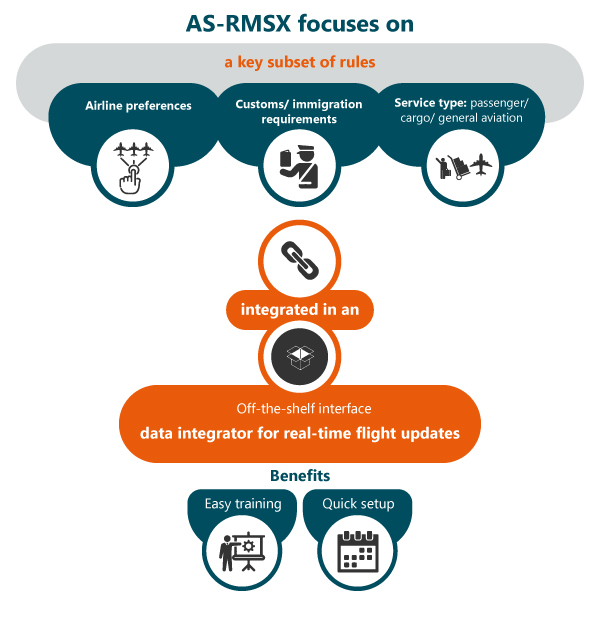
With AS-RMSX, the deployment is focused on a key subset of rules and limiting integration to a single off-the-shelf interface to a data integrator for real-time flight schedule updates.
However, the deployment is focused on a key subset of rules and limiting integration to a single off-the-shelf interface to a data integrator for real-time flight schedule updates. Training is easier, which means a small or mid-sized airport can start using the RMSX operationally in weeks rather than the nine-plus months of a typical large deployment.
New approach: an RMS that grows with you
Your small or mid-sized airport can now start with the essentials and grow the value of the RMS sustainably as your airport grows by making more use of the capabilities of AS-RMSX. The deployment does not waste your team’s time and effort on rules and functionality they do not need, or worse, will have forgotten about anyway as the airport grows and the rules become more complex. This new approach can surpass expectations of how quickly your airport sees a return on its investment (RoI) in operational systems.
AS-RMSX and AS-Resource Manager both have a unique points-based planning algorithm that provides a clear pathway to utilizing the power of cloud providers AI / ML algorithms for value based KPI planning rules. Future automation in the AS-RMSX and AS-Resource Manager will allow airports to perform more complex optimizations, more quickly, and automatically anticipate and respond to operation issues with more consistency.
Contact us at Airport Systems to find out more
This article is part of a series about Airport System´s Resource management system (AS.RMSX):
- We aim to transform how small and medium sized airports conduct business >>
- Make social distancing work with Resource Management >>
- A simpler way for arports and airlines to tackle operational complexity >>
ADB SAFEGATE provides integrated solutions that raise efficiency, improve safety, boost environmental sustainability and reduce operational costs for airports, airlines and ANSPs. The company works with airports and airlines to solve operational bottlenecks from approach to departure. Solutions encompass airfield lighting, tower-based traffic control systems, intelligent docking automation and services, as well as applying advanced IT and analytics to deliver industry-leading Total Airport Management. For more information about ADB SAFEGATE, please visit our website at adbsafegate.com.

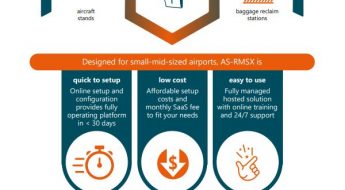



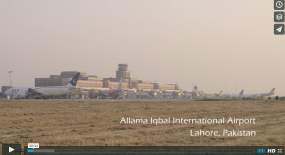


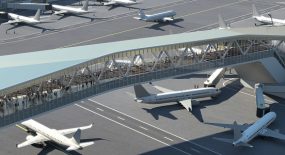


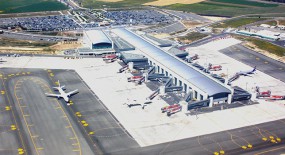



Leave a Comment